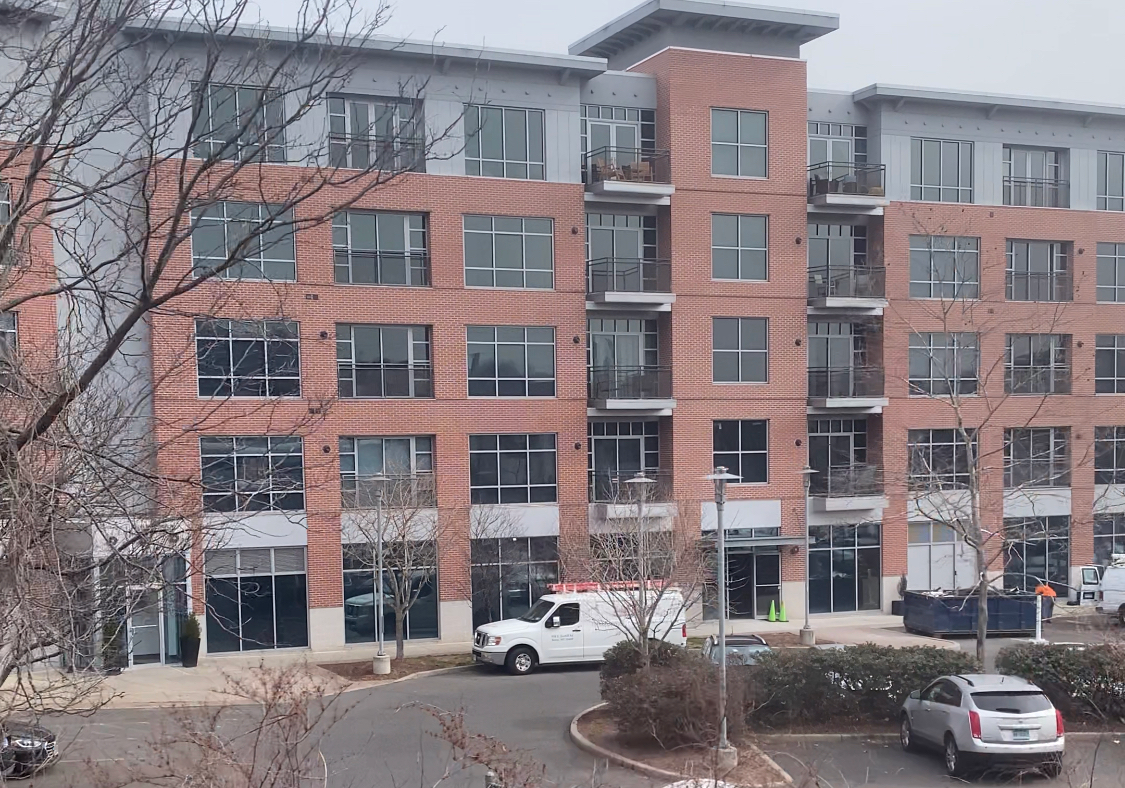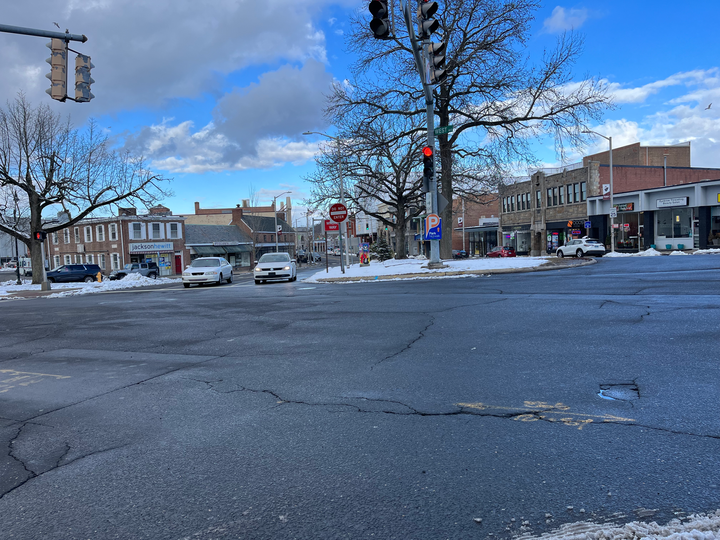A Need for Affordable Housing: Plans Across Southwest Connecticut Share Common Themes
Some common themes across the region were a general need for affordable housing, a desire to have developers build/fund it, and support for local housing authorities.

Even though the five communities across the region are very different in terms of size, racial makeup, types of housing currently available, income, and more, the affordable housing plans each has adopted have a number of similarities.
A Need for More Affordable Housing, Particularly Near Transit Centers
All of the community plans made a point of outlining the reasons their communities need to have more affordable housing.
Many of the plans particularly focused on the fact that people who worked in the city couldn’t afford to live there, forcing them into long commutes or causing them to look for other jobs.
“Many professionals who work in Stamford struggle to live in the city due to high housing costs,” Stamford’s affordable housing plan stated. “Some long-term residents who have lived and worked in Stamford for years cannot afford to stay, and new staff, such as teachers, struggle to access affordable rentals in the current housing market.”
In Greenwich, the affordable housing plan states that the town is “concerned with ensuring that our workforce is not priced out of the market. Many people who work in Greenwich would benefit from living in Greenwich, and the Town would benefit as well.”
“Greenwich is an employment center with approximately 29,000 individuals working in the community,” the plan reads. “Only 40% of those employed in Greenwich reside in Town.”
It also says that it aims to be a “destination for young families who may not have the earnings capacity of more established professionals.”
Darien’s plan acknowledged that “57.5% of the renters in Darien spend more than 30% of their income on housing. 27.8% of homeowners spend more than 30% of their income on housing.” due in large part to escalating prices.
“The median cost of a single family home in Darien has more than doubled in the past two decades,” the plan stated. “In 2000, it was $675,000. By 2020, it was $1,450,000. Since then, the cost of housing in Darien continued to accelerate due to COVID and with the low mortgage interest rates of recent years. An April 2022 Zillow.com report is that home values in Darien increased by 16% in the past year and have reached a new high with the median value of a single family home being $1,720,306. Rental units in Darien are limited in number and are also expensive. “
Westport’s plan also specifically calls out the increasing prices.
“The median single-family housing prices in Westport from May 2021 to May 2022 rose by 33.6% from $1,500,000 to $2,002,000, according to data from Redfin,” Westport’s plan states. “In the last 20 years home prices have more than doubled in Westport, as well as, in many towns and cities in Connecticut. As of June 27, 2022, the lowest home on the market in Westport was priced at $550,000 and the highest was priced at $12,650,000, according to Zillow.”
Fairfield’s plan found that “more housing options and choices are needed to meet the changing housing needs and desires of: an older population and their age-appropriate housing needs/preferences; younger residents currently shut out of the housing market; current and future residents throughout their lives; Smaller households seeking to “downsize” to meet their housing needs/preferences.”
Right now, “according to the United Ways “ALICE” metric (Asset Limited, Income Constrained, Employed), more than one quarter of all households in Fairfield (28%) are likely struggling with the overall cost of living—these are people and families who already live here.”
Fairfield’s plan also noted that communities of similar size have more affordable housing than it does.
Many plans also stated their support for developing—and concentrating affordable housing (and multifamily housing) near transit centers, commonly referred to as transit-oriented development.
Support for Local Housing Authorities
Many communities have also established affordable housing trust funds that can be used to support efforts to build and renovate housing, particularly by the local housing authority, since those developments tend to be 100% affordable. Stamford’s plan calls for even more funding to be put toward the trust fund.
“The City has allocated an annual average of $1.07 million from its capital budget and $205,000 from its operating budget to housing over the last 10 years. Stamford’s Affordable Housing Trust Fund (AHTF) currently holds $2.2M, or about $7 per capita,” the report stated. “Stamford should strive to dedicate at least $35 per capita to align with cities that are seeking to deploy funds to impact housing needs.”
Darien’s plan recommends that the town work to “increase funding of the existing Housing Trust Fund. The primary objective would be to have sufficient funds available so that when sites where affordable housing could be developed become available, the Town would be able to acquire the land and prepare it for affordable housing.” It also calls for the expansion of units on existing Darien Housing Authority projects.
In Greenwich, one of the strategies it lists to add affordable housing is to “support and partner with Greenwich Communities,” its housing authority. The plan states that it “owns the only 100% affordable properties in Town and is the only developer whom we know to be actively seeking to develop more 100% affordable apartment communities here.”
As a part of this strategy, Greenwich’s plan states that it should “explore town or state-owned land as potential sites for affordable housing development.
This is a strategy that Westport is also currently using as officials said using land owned by the government is cheaper and easier than acquiring expensive private land.
The town is using American Rescue Plan Act funds to do some of the preliminary study work for a “new affordable community designed specifically for families, spearheaded by local elected officials with the assistance of the Department of Housing, on about 2 acres of state-owned land located in Greens Farms adjacent to public transit, grocery stores, retail and within walking distance of one of the State’s highest ranked elementary schools.”
The town is also creating an affordable housing trust fund to “direct resources toward the development of affordable housing.”
Requiring Developers to Build or Fund Affordable Housing
Stamford has one of the longest running programs in this area—the Below Market Rate (BMR) program—which began in 2001. The program aims to provide housing for people who earn modest salaries and struggle to afford market-rate housing. It requires at least 10% of a development to include these BMR units, with also a fee-in-lieu option, where developers can contribute to the affordable housing fund, which helps fund units in other developments.
Its housing plan Stamford noted that this program has successfully supported growth in renter households earning $35,000 to $50,000.
Other communities are looking to add or expand this type of requirement for developers. In Darien, one strategy for increasing the number of affordable units is to “continue to implement the inclusionary zoning requirements” that require any development with more than four units to have at least 14% of all units to be affordable.
In Greenwich, the town has recently created an affordable housing trust fund to help support affordable housing projects. One idea to help fund it is through fee-in-lieu programs, where a developer is required to put money toward it.
Fairfield’s plan states that the town “has enacted an inclusionary zoning fee which requires payment into the Housing Trust Fund for any new construction and/or additions for all types of uses (residential, commercial, academic, institutional, etc.) excluding those developments that otherwise contribute to the Town’s affording housing inventory” to help bolster its funding for affordable housing.
Further Reading
Learn more about how we plan to cover this issue and how you can be a part of the process.
See the differences among the affordable housing plans across the region.



